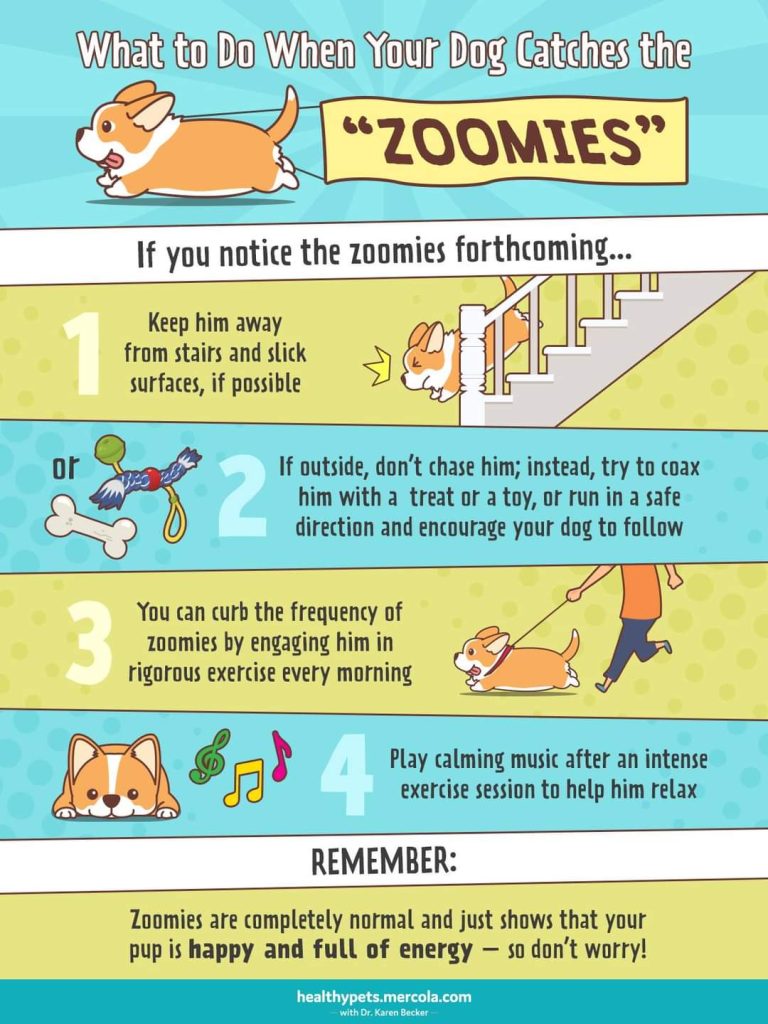
UNDERSTANDING THE NATURAL BEHAVIOURS OF YOUR PETS CAN HELP YOU IMPROVE YOUR RELATIONSHIP WITH THEM.
Dogs are social animals and have a wide range of natural behaviours. These behaviours are instinctive and are used to communicate with other dogs and humans. Common natural behaviours in dogs include barking, digging, chasing and chewing. Dogs also display behaviours such as jumping, licking, marking and play-bowing. These behaviours are all natural and help dogs to interact with their environment and with other animals. It is a way to communicate with those who are willing to listen!
What may look like naughty behaviour to you is often just your pet behaving as their species do. It is normal and not naughty. What we expect from them, might be labelled by the uninformed as bad, untrained or unsociable or even aggressive. Dogs will do what dogs do and it is unfair of us to expect them to understand, adapt and conform to our human world, forgetting that they are a different species. There can also be breed-specific traits which are not their fault, like Terriers that dig and will likely always dig!
Do you want to better understand your dog and improve your relationship? Then learn about their behaviour. When you know what is natural behaviour you can easily know which “naughty” behaviour to address. One of the five freedoms of animal welfare includes the freedom to express natural behaviours!
Let’s look at a few normal behaviours and what you can do about them.
IS THIS NORMAL BEHAVIOUR?
ZOOMIES
Have you ever seen your cat or dog just suddenly start running around like crazy and in circles as if something is chasing them or as if they lost the plot? The technical name for this behaviour is frenetic random activity periods (FRAPS) but otherwise known as zoomies. Happy animals tend to do this and it is like a burst of energy that they experience. If they are not in danger of injuring themselves, then just sit back and enjoy!

TAIL CHASING
You have likely witnessed a dog chasing their tail, especially puppies. If it happens occasionally, it could just be happiness or play, but if it happens more often or become obsessive then a vet check is in order. Conditions like an ear infection may contribute to this sort of behaviour and animals who suffer from Canine compulsive disorder (CCD) may also do tail chasing.
HEAD TILTING
This is such an adorable behaviour which a fur-kid might do when they want to pick up some sounds better, but also when they are not sure about what you want from them. Some studies show that head tilters are smarter than those who do not perform this behaviour often. I think they know they are cute when they do this too! My first response would be to clearly repeat the information if you did speak to them at that moment. If it happens a lot or you are unsure then you can consider a vet check.
SLOW BLINKING
Have you ever seen your cat blink slowly at you? The main reason scientists have come up with for this odd behaviour is that it appears to be a way the cat is telling you that they love you. You can mimic the behaviour and blink back slowly to them. If you are unsure or there is discharge from the eyes for example, consider a vet check.
POOP EATING
The scientific name for this behaviour is Coprophagia. It is most likely dogs that will indulge in this behaviour and not cats. This is a disgusting, yet natural behaviour. It played a role in how dogs evolved when humans transitioned from hunter-gatherers to agriculture and human settlements arose. Our canine ancestors began to approach these areas because it provided a stable source of food. So, it is kind of in their DNA, but not a behaviour you want to encourage. They will likely not eat poop older than two days.
This behaviour may also be caused by a nutritional need, or gut microbiome imbalance and or can be behavioural (boredom, curiosity, if you punished them and use improper house-training techniques). It can also indicate an underlying medical condition. The faeces are a good source of digestive enzymes and dogs with this deficiency will ingest enzyme-rich poop.
It is better to prevent them from having this ‘delicacy’ by removing the temptation or through behavioural conditioning because poop can contain harmful bacteria and parasites too, which can make them ill. Doing poop patrol can also give you an indication of how their health is. Check out this video about what their poop may mean.
BUM SNIFFING
This is one of the most natural behaviours and is a form of greeting. It can even happen across species like a dog sniffing a cat’s buttock. By doing this they can get information like is it male or female, about their health and if they are friends or foes. If it is not obsessive and doesn’t cause distress for the party being sniffed and won’t escalate into a fight, then you can let them sniff.
GRASS EATING
Both cats and dogs may occasionally eat grass and it might not be something to worry about unless it becomes excessive. Some theories suggest that it happens when they lack fibre in their diet, to balance their microbiome, to help eliminate intestinal worms, some eat grass when they feel nauseous or need a laxative and it is an ancestral behaviour. I don’t believe the pet food industry meets the species-specific requirements for most animals and if they frequently eat grass, maybe consider a vet check and diet change.
Read more about healthy diets here. Two main reasons to stop this behaviour will be when your grass has been treated with pesticides or other chemicals even “natural” products or if the behaviour become excessive.
DIGGING
Dogs dig! Some more than others. Sometimes it is to the detriment of our gardens, but that is not their fault and punishing them for that is cruel, especially if you are not meeting their needs. Digging is normal behaviour and great for a few reasons. Some dogs will do this to get to cooler sand for resting on hot days, some to relieve boredom, to explore their environment, to escape an enclosed area, to hunt ground-dwelling critters or just because it is fun.
Never stop the digging, but rather provide a designated space for them to dig and redirect them to it when they are going for your garden instead of punishing them. This is a fun and easy way to get rid of extra energy and burying treasures (not bones) for them can be a form of mental enrichment. You can also prevent access to unwanted digging areas.
CHEWING
Dogs chew and one of the main reasons is to explore their environment with their mouth and it is a physically and emotionally beneficial activity. It can help clean their teeth, massage gums and give those jaw muscles a workout. If your dog is chewing destructively, it is likely an indication that you are not meeting their needs and that they are stressed or anxious. It can also be an indication of an underlying health problem.
Destructive chewing can be addressed by redirecting them to chewing appropriate objects and making sure they get enough exercise as well as mental stimulation. Make sure what they chew is safe and remember things like raw hides, even if a vet or pet shop sells them, do not mean it is safe for your pets. Also, be careful with choking hazards from chew toys.

BARKING
Barking is a very natural way for your dog to communicate and a way to get rid of some build-up energy. There can be many reasons why they bark including greeting humans and other animals, being unsure, as a warning to back off, to alert you, attention seeking, a cry for help or they want to get out. Dogs who bark excessively are an indication that their owners are not meeting their needs.
Excessive barking should be addressed with a qualified and ethical behaviourist and fear-free techniques. Barking should never be stopped completely! Find out why they bark, then manage the environment, get a vet check, do some mental stimulation, exercise and enrichment or consider professional help.
Also read last week’s topic about muzzling dogs.
One of the main reasons for surrenders at shelters include behavioural problems, but when that behaviour is evaluated by people who understand animals well, it is actually considered natural behaviour in most cases, especially when their needs were not met.
The behaviour might also not be what it looks like. Before you get frustrated, ask yourself if this is natural behaviour or a behaviour in response to an unmet need. Always look for the underlying reason or trigger before trying to change it and consult with your vet to rule out any underlying medical conditions or a qualified ethical behaviourist to address the specific behaviour. Remember that there is a difference between a trainer and a behaviourist.
Never punish natural behaviour! You can manage it better and redirect, but it is cruel to stop these natural behaviours.
Next week we will look at steps you can take to prevent your noise-phobic pet from escaping and helping them with this anxiety.
WHEN YOU KNOW BETTER, DO BETTER!